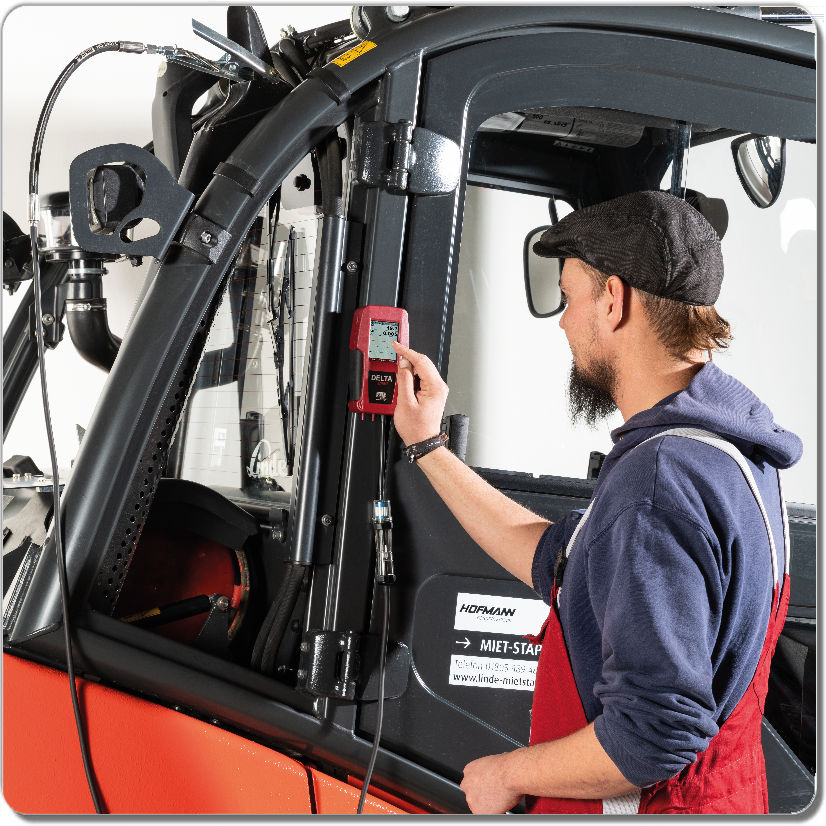
Gas analyzers are scientific gadgets that action the fixation or nature of a particular vaporous compound inside a combination of various gases. They are utilized across a wide scope of businesses—like agribusiness, manufacturing, and waste administration—to help office proprietors and chiefs screen gas levels in their tasks to guarantee the numbers are inside the worthy reach for the wellbeing of workers and the nature of products and cycles. Ongoing gas analysis upgrades effectiveness, wellbeing, product quality, and guarantees ecological consistency.
Choosing the correct analyzer to meet your organization’s requirements can appear to be an overwhelming errand. There are different advancements to look over–each working under various working standards and each with various qualities and shortcomings. Coming up next is an outline of probably the most well-known kinds of industry gas analyzers, a portrayal of how they work, and the conditions where they work best.
Pellistor/Catalytic Bead (CB) Industrial Gas Analyzers
These detectors utilize reactant ignition to quantify burnable gases at Lower Explosive Level (LEL) fixations. This sort of sensor has been in need for almost a century and works by estimating the temperature contrast between two dots – one idle one and one covered in a chemical catalyst. As they are warmed, the one with the impetus will warm more. They react to a full scope of combustible gases, including hydrogen, methane, butane, propane, carbon monoxide, or acetylene where there might be outrageous variances in temperature or humidity.
Point/Non-Dispersive Infrared (PIR/NDIR) Industrial Gas Analyzers
Infrared industrial gas analyzers measure about two frequencies – one at the gas absorbing frequency and one at a reference wavelength that isn’t consumed by the gas. These gas detectors function admirably for distinguishing hydrocarbon gases, particularly in low-oxygen conditions. They additionally function admirably for recognizing high convergences of silicones, hydride gases, or halogenated hydrocarbons. These sensors ought not to be utilized where hydrogen might be available, however, as the gas doesn’t retain infrared light.
Tunable/Enhanced Laser Diode Spectroscopy (TLDS/ELDS) Industrial Gas Analyzers
These gas analyzers work through a sensor laser optical innovation that perceives and dissects a gas’ consonant unique fingerprint. These sensors enjoy the upper hand over some others since they don’t give bogus cautions because of impedance gases, as the profoundly specific innovation can identify each gas’s unique harmonic fingerprint. They are likewise insusceptible to harming since they are optical gadgets. They are truly adept at recognizing methane, water fume, and different gases.
Electrochemical (EC) Industrial Gas Analyzers
Electrochemical gas detectors work by changing over gas focuses into an electrical flow. The gas diffuses into the sensor through a layer where it comes into contact with a functioning terminal and is oxidized. This electrochemical response brings about an electric flow going through the outer circuit. Electrochemical gas locators turn out best for distinguishing risky gases in the ppm range or in limited spaces that may encounter oxygen enhancement or lack.
Most modern gas locators take into account either fixed or portable analyzers to meet a wide scope of client needs. We at MRU Instruments give superior grade and reliable gas analyzers appropriate for industrial emissions and byproducts.


